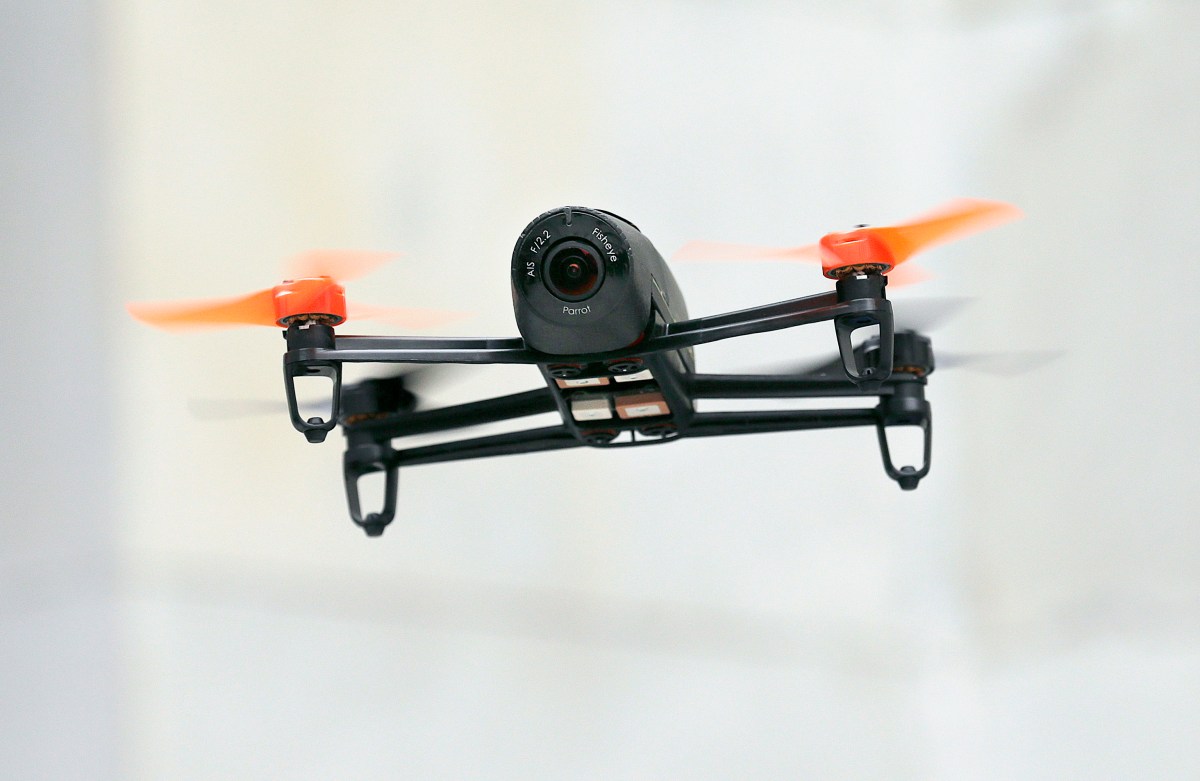Introduction
As drone technology rapidly evolves, its presence in the skies above California is becoming increasingly prominent. From commercial deliveries to recreational use, drones are changing the way residents experience their communities. However, with this burgeoning activity comes a burgeoning concern. Privacy issues, safety risks, and community implications are prompting a wave of anxiety among California residents. This article delves into the multifaceted concerns surrounding drone use, the potential regulatory responses, and the broader implications for privacy and safety in urban and rural environments alike.
The Rise of Drone Use in California
California has emerged as a hub for drone activity, driven by the state’s tech-savvy population and robust regulatory framework that supports innovation. In 2022 alone, the Federal Aviation Administration (FAA) reported that the number of registered drones in the U.S. surpassed 800,000, with California leading in registrations. The versatility of drones makes them appealing for various applications:
- Commercial Deliveries: Companies like Amazon and UPS are testing drone delivery systems to enhance logistics and reduce delivery times.
- Agricultural Monitoring: Farmers use drones for crop surveillance, irrigation management, and more efficient farming practices.
- Recreational Use: Hobbyist drone pilots enjoy flying for leisure, capturing aerial photography, and participating in drone racing.
Privacy Concerns
One of the most pressing issues surrounding drone use is the potential invasion of privacy. Many residents express concern over drones flying overhead, equipped with cameras that can capture images or videos without consent. The implications of this technology are significant, as it can lead to:
- Surveillance Anxiety: Residents feel they are constantly being observed, leading to discomfort in their own homes.
- Data Security Risks: Drones can inadvertently collect and store personal data, which raises questions about who has access to this information and how it is used.
California’s current laws regarding drone surveillance are limited. While the California Civil Code allows for the protection of personal privacy, the enforcement of these laws can be challenging, especially when it comes to aerial surveillance. As drone technology continues to advance, many residents advocate for more stringent regulations that specifically address aerial privacy concerns.
Safety Risks Associated with Drones
The increase in drone operations raises legitimate safety concerns. Incidents of near-misses with manned aircraft are becoming more frequent, prompting calls for better management of airspace. The potential risks include:
- Collision Hazards: Drones flying in controlled airspace pose a threat to commercial and private aircraft. A collision could have catastrophic consequences.
- Malfunctions and Crashes: Drones are susceptible to technical failures, which can result in crashes that endanger people on the ground.
In response to these safety concerns, the FAA has implemented regulations that require drone operators to register their drones and adhere to specific operational guidelines. However, enforcement of these regulations remains a significant challenge, especially with the rise of unregistered drone use.
Community Implications
The proliferation of drones also has broader implications for local communities. As residents express their concerns about privacy and safety, the community dynamics are shifting. Some of the potential impacts include:
- Community Distrust: Increased drone activity can lead to mistrust among neighbors, particularly in densely populated areas.
- Changes in Land Use: Drones may alter how public spaces are utilized, as parks and recreational areas may become focal points for drone enthusiasts, potentially disrupting the peace.
Local governments are being urged to engage with communities to discuss drone regulations and address residents’ concerns. Community meetings can serve as platforms for dialogue, fostering an understanding of the benefits and risks associated with drones.
Potential Regulatory Responses
In light of the growing concerns, lawmakers are considering various regulatory measures to balance the benefits of drone technology with the need to protect residents’ rights. Some potential regulatory responses include:
- Enhanced Privacy Laws: Advocates are calling for laws that specifically address aerial surveillance and limit drone operators from capturing images or data without consent.
- Stricter Licensing Requirements: Implementing more rigorous licensing and training programs for drone operators could reduce the risk of unsafe operations.
- Community Engagement Initiatives: Local governments can establish forums for residents to voice their concerns and contribute to the development of drone policies that reflect community values.
Additionally, there is a growing push for the development of “no-drone zones” in sensitive areas, such as around schools and hospitals, to enhance safety and privacy.
Broader Implications for Society
The rise of drone technology in California is not just a local issue; it reflects broader societal shifts regarding technology, privacy, and governance. As drones become more integrated into daily life, several key considerations emerge:
- Technological Ethics: The ethical ramifications of drone surveillance must be addressed, particularly regarding consent and data ownership.
- Regulatory Frameworks: Policymakers face the challenge of creating adaptable frameworks that can keep pace with rapidly evolving technology.
- Public Awareness and Education: Increasing public awareness about drone use and rights can empower residents to advocate for their privacy and safety.
As the discussion around drone use evolves, it will be essential for stakeholders—residents, lawmakers, and industry leaders—to collaborate on solutions that ensure the responsible use of this technology while respecting community values.
Conclusion
The growing presence of drones in California has sparked a complex conversation about privacy, safety, and community dynamics. While drones offer innovative solutions across various sectors, they also pose significant challenges that require thoughtful regulatory responses. As residents voice their concerns, it is imperative for lawmakers to engage with communities, fostering dialogue that leads to balanced and effective policies. The future of drone technology in California will depend on how well these stakeholders navigate the intricate landscape of innovation, ethics, and public trust.
See more Future Tech Daily

